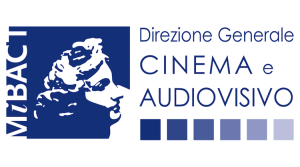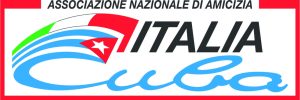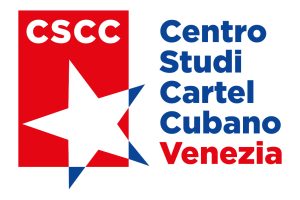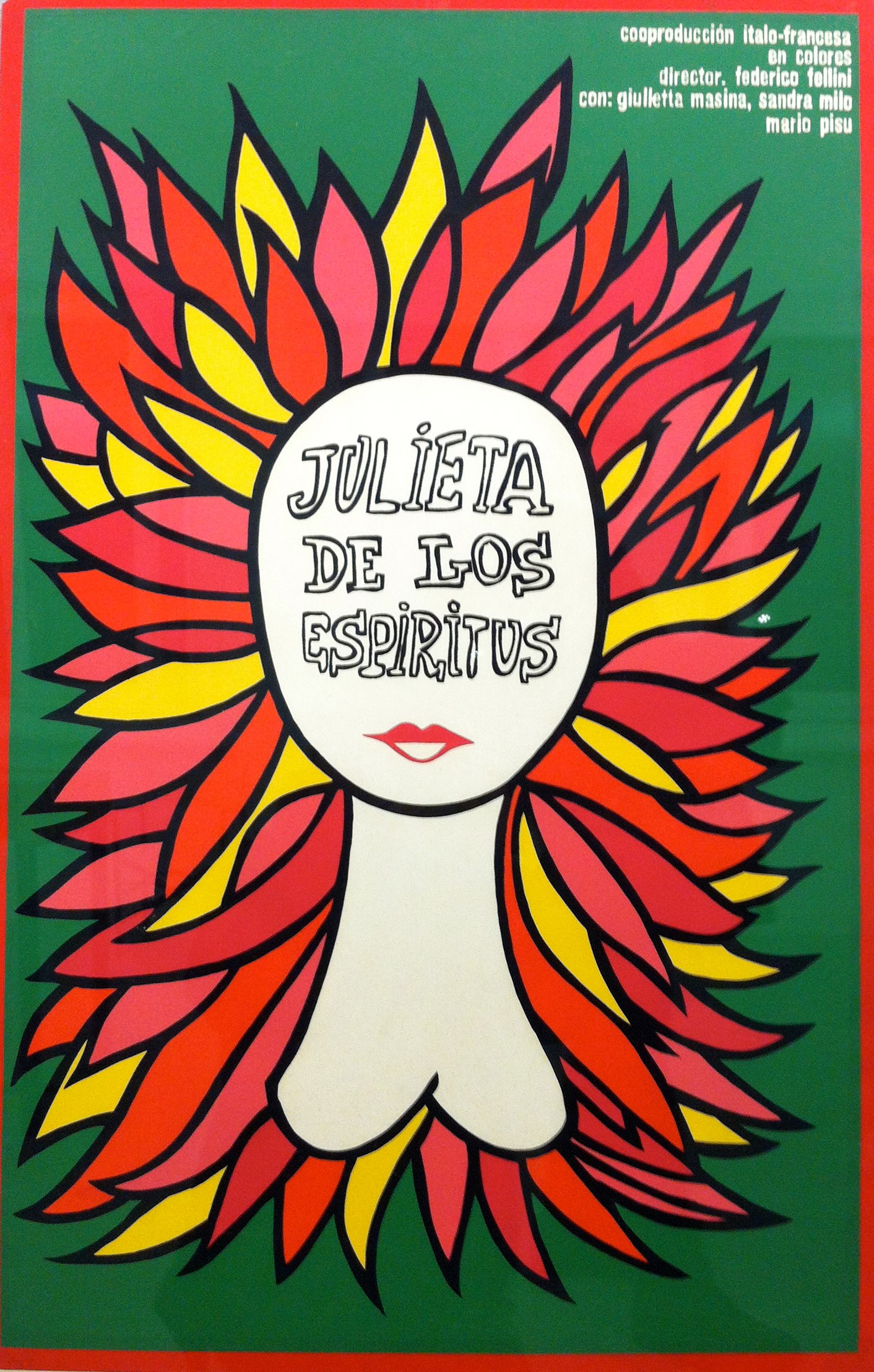On May 18, 2023, cinema Cuban posters have been entered in the UNESCO Register of the Memory of the World.
CINE LIBRE tells the story of this unique graphic phenomenon and its creators.
March 1959: three months after the victory of the Revolution, Fidel creates the Cuban Institute of Cinematographic Art and Industry (ICAIC) and puts it in the hands of a group of young cinema enthusiasts: Alfredo Guevara, Julio García Espinosa, Tomás Gutiérrez Alea, Santiago Alvarez…
The ICAIC calls the masters of Italian Neorealism to collaborate: authors such as Cesare Zavattini are committed to writing films with debut Cuban directors; directors of photography such as Otello Martelli (Roberto Rossellini’s Paisà) move from the set of La Dolce Vita to that of Historias de la Revolucion, the first revolutionary film shot in the forests of the Sierra Maestra!
Dutch documentary filmmaker Joris Ivens teaches members of the new revolutionary army filmmaking techniques to become war correspondents.
In 1962 the ICAIC organized Cinemóvil: a campaign of film screenings in remote corners on the island where cinema had never arrived before. More than 4,000 screenings and one million two hundred thousand spectators the first year!
The ICAIC completely reconsiders theatrical distribution, to restore the taste and orientation of the public. Saul Yelin, who has traveled for years between the United States, the Soviet Union and Europe and speaks six languages fluently, is appointed head of international relations and together with Guevara begins a frenetic campaign of relations with international film distributors: USSR, Poland, Czechoslovakia, Hungary, Romania, of course, but also France, Japan, Italy, Sweden, Spain… The Seventh Seal, The Knife in the Water, Cleo from 5 to 7, The 400 Blows, The Seven Samurais, La Dolce Vita, The Eclipse…: auteur cinema arrives in Cuban theaters for the first time.
But each theatrical release is announced by new posters: the originals are too commercial. Now the audience has to be attracted by an unexpected, enigmatic and metaphorical image.
Eduardo Muñoz Bachs, Rafael Morante, Raul Martinez, Tony Reboiro, René Azcuy, Antonio Pérez Gonzales aka Ñiko… These are just some of the great team of artists who gave life to the “cartel de cine”, an artistic phenomenon that will mark one of the highest moment of graphic art of the 20th century.
Freedom. The posters are the expression of a cinema free from the rules of the market. No more faces of stars, kisses or fights: the posters invite the public to reflect, to ask themselves on the meaning of the film. Its authors were free to design what they wanted, drawing inspiration from different languages, techniques and styles: pop art, photography, abstract art…
Passion. The posters are not only the visual representation of a new free cinema, but also witness the passion for this art which has been the driving force behind the cultural and social life of an entire country.
Invention. Thanks to their imagination, the poster designers managed to overcome the shortage of materials due to the embargo. No red ink? Ok, we’ll use mercurochrome! Has the printing paper run out? Let’s get the newspapers!
And the results are now exhibited in the most important contemporary art museums in the world.
CINE LIBRE
production year: 2023
Lenght: 52 / 94
a production by DOC ART (Italy) in coproduction with ICAIC Audiovisuales (Cuba) AVROTROS (Nederland) Leonardo Film Gmbh (Germany)
In collaboration with Rai Cultura (Italy)
with the support of
Ministero della Cultura
MEDIA Creative Europe
in collaboration with
Associazione Nazionale di Amicizia Italia Cuba

Centro Studi Cartel Cubano Venezia

written by Luigino Bardellotto Adolfo Conti Elia Romanelli
directed by Adolfo Conti Elia Romanelli
executive producer Amalia Carandini
with Michele Miyares Hollands Nelson Ponce Sanchez Edel Rodríguez Molano Raúl Valdes González
interviewees Olivio Martinez Pepe Menendez Rafael Morante Boyerizo Antonio Pérez Gonzales – Ñiko Manuel Perez Paredes José Justino Rodríguez Martínez Hector Veitia
scientific advisors Luigino Bardellotto Luciano Castillo Rodríguez
director of photography Giuseppe Drago
editing Eugenio Persico


Comments are closed